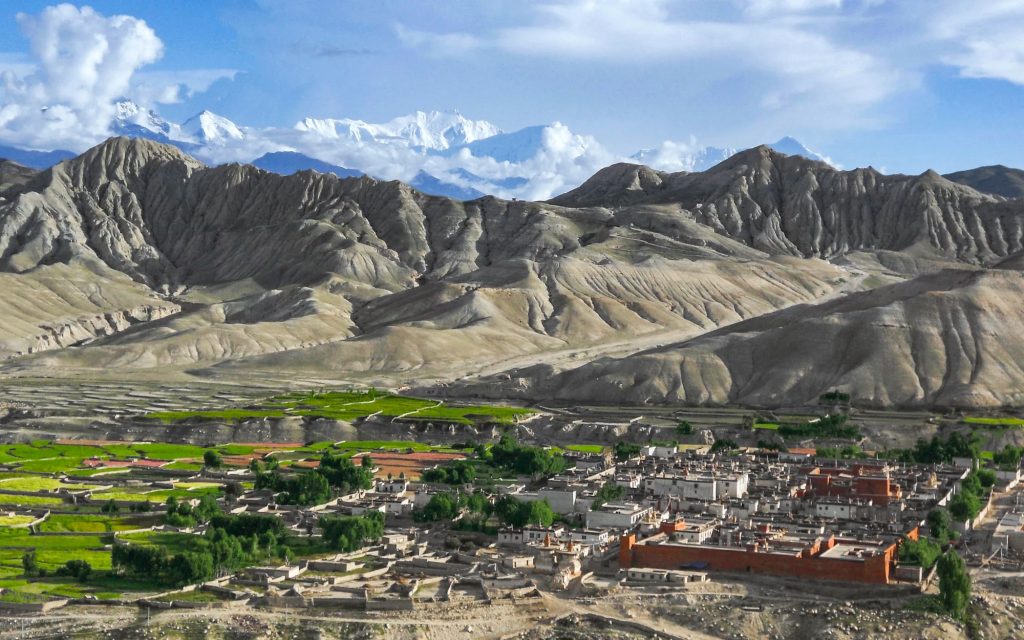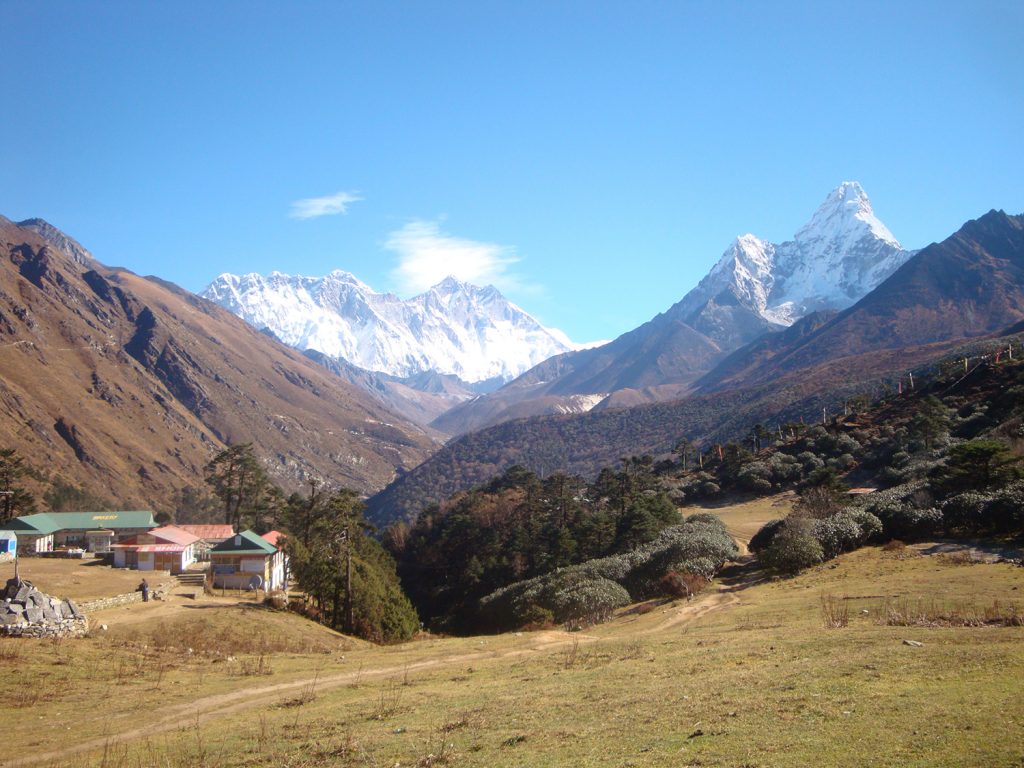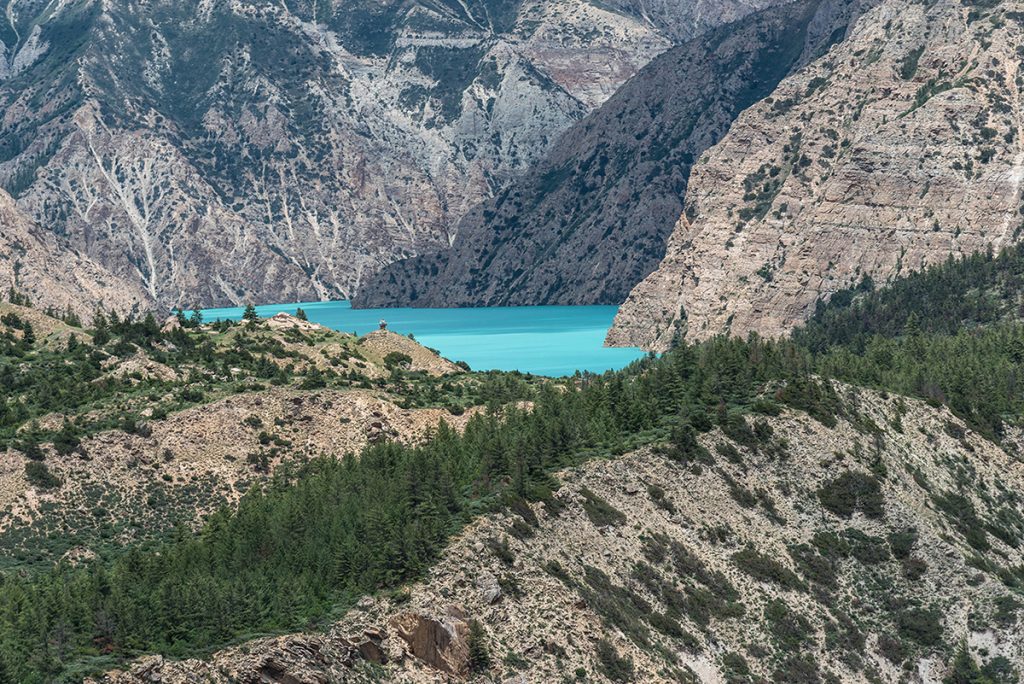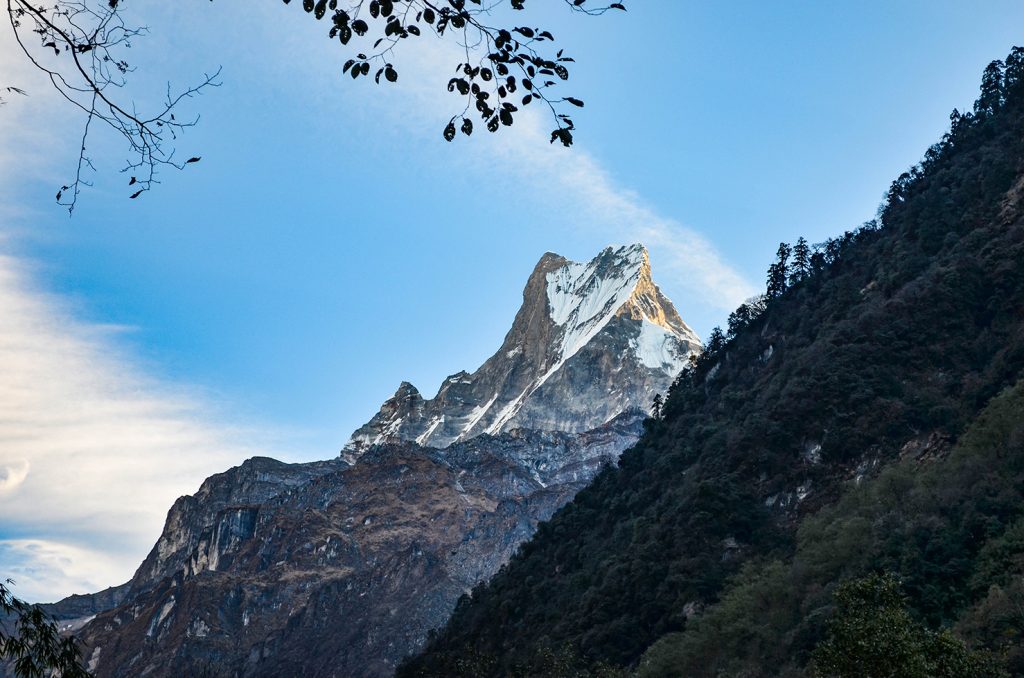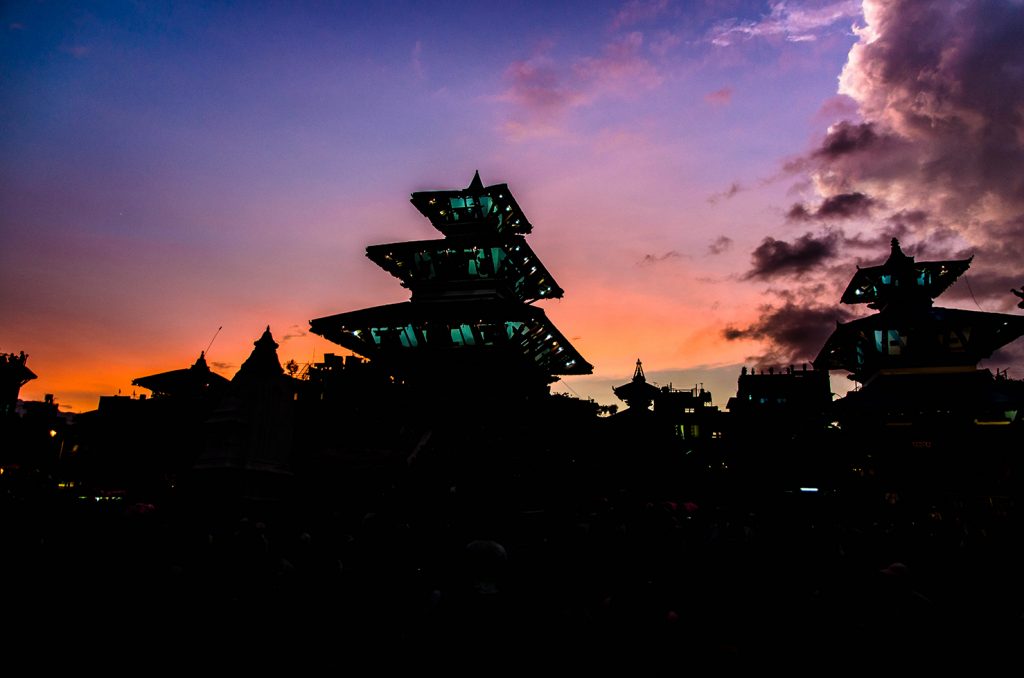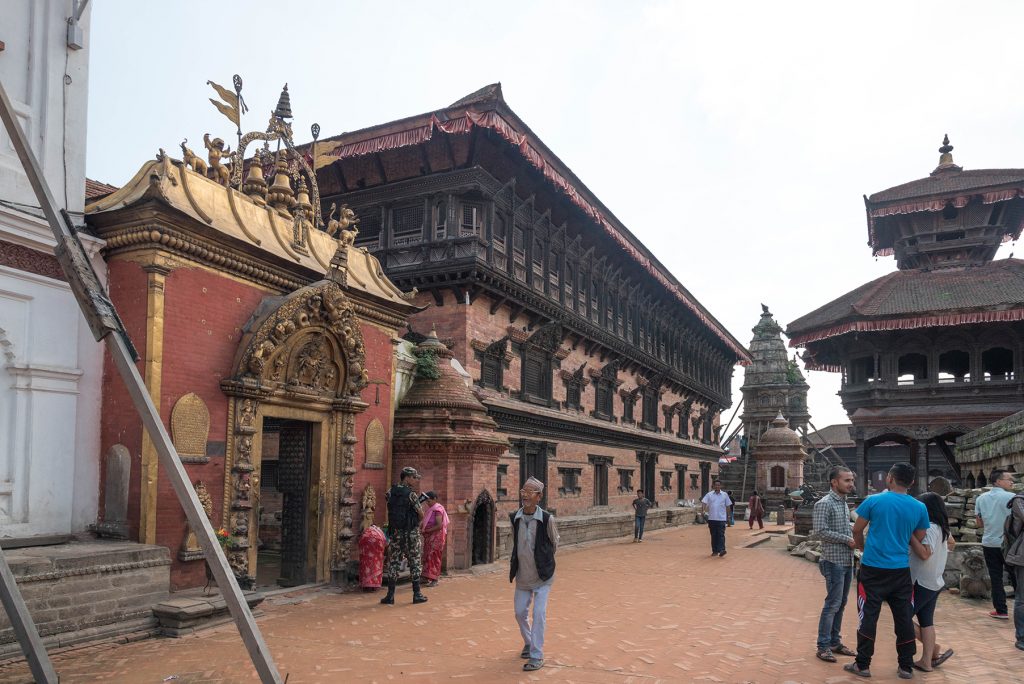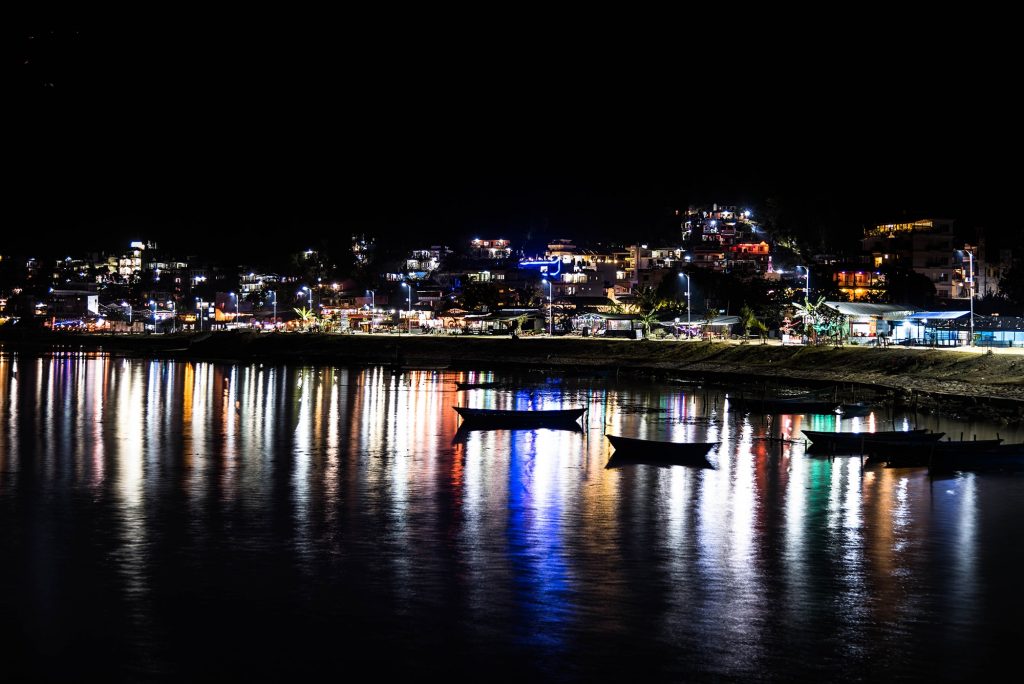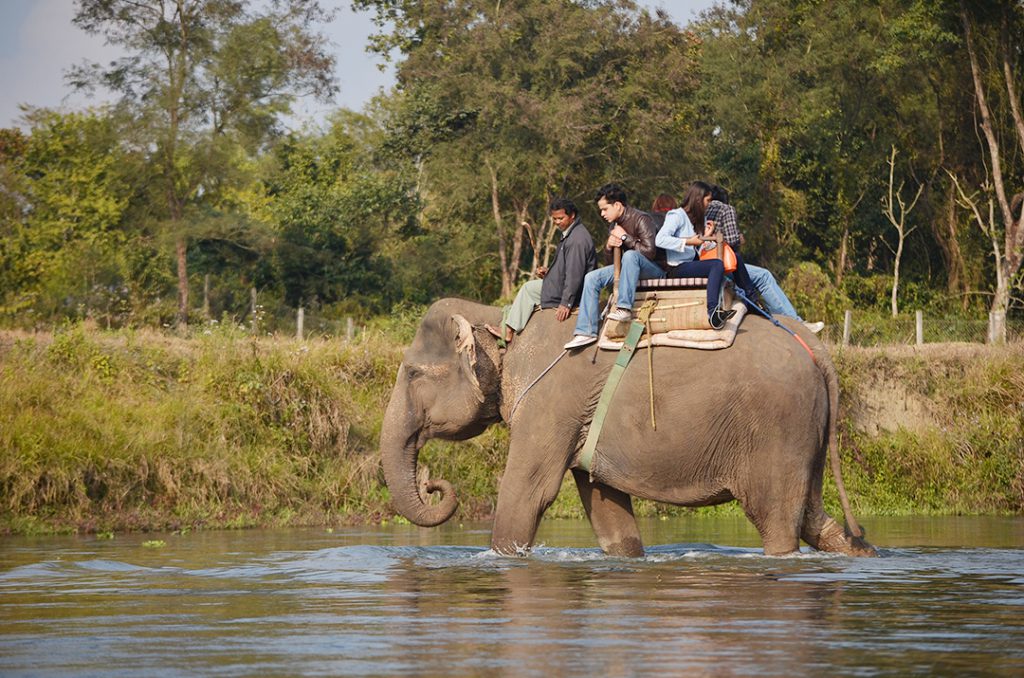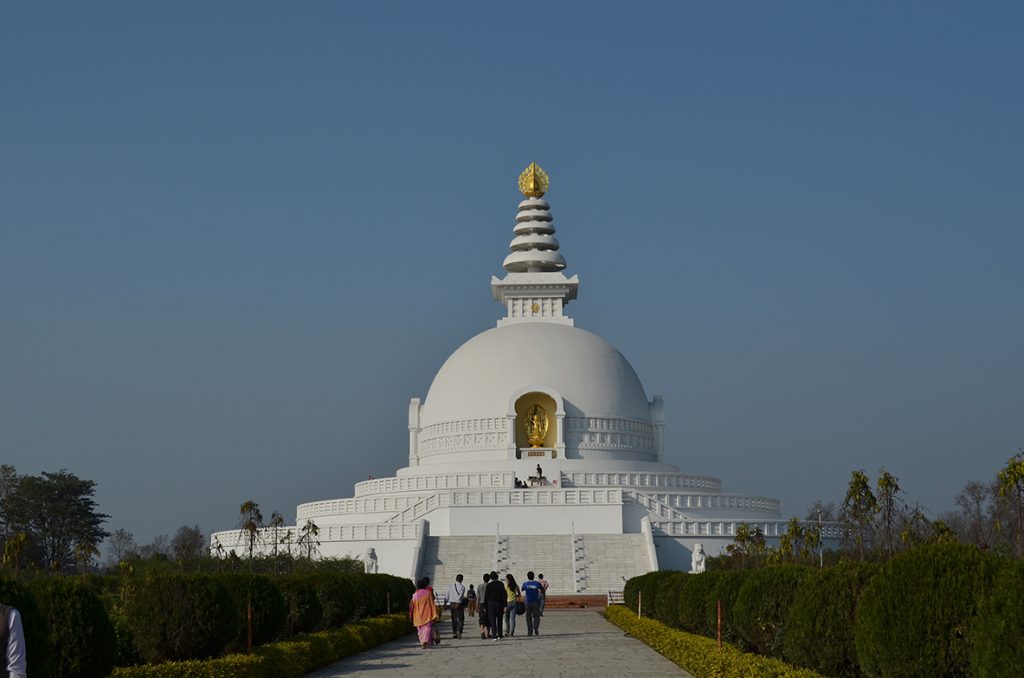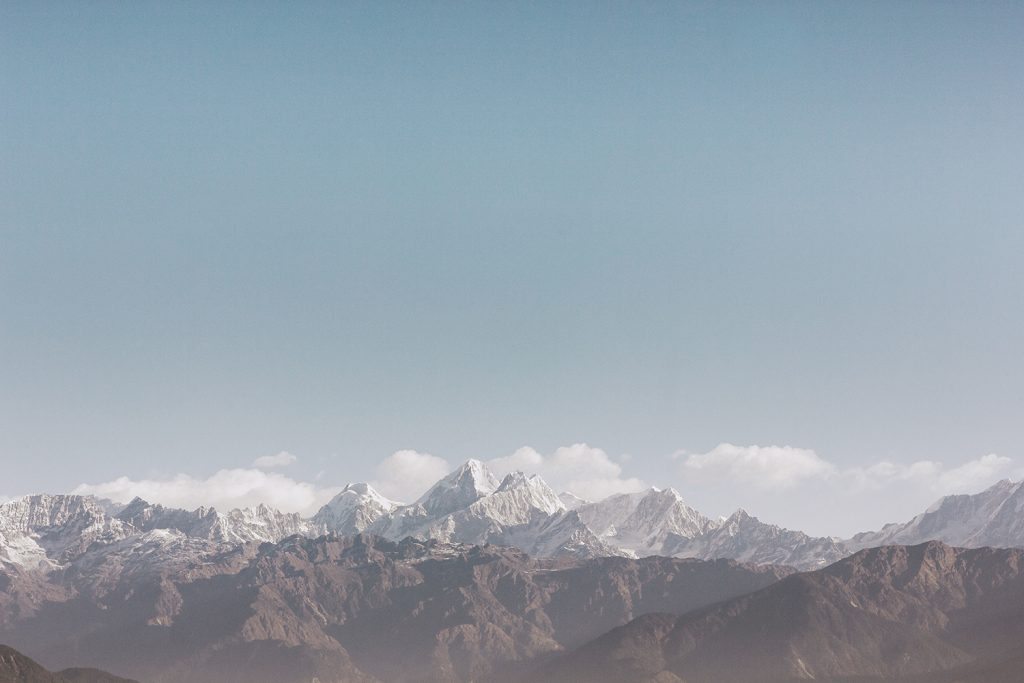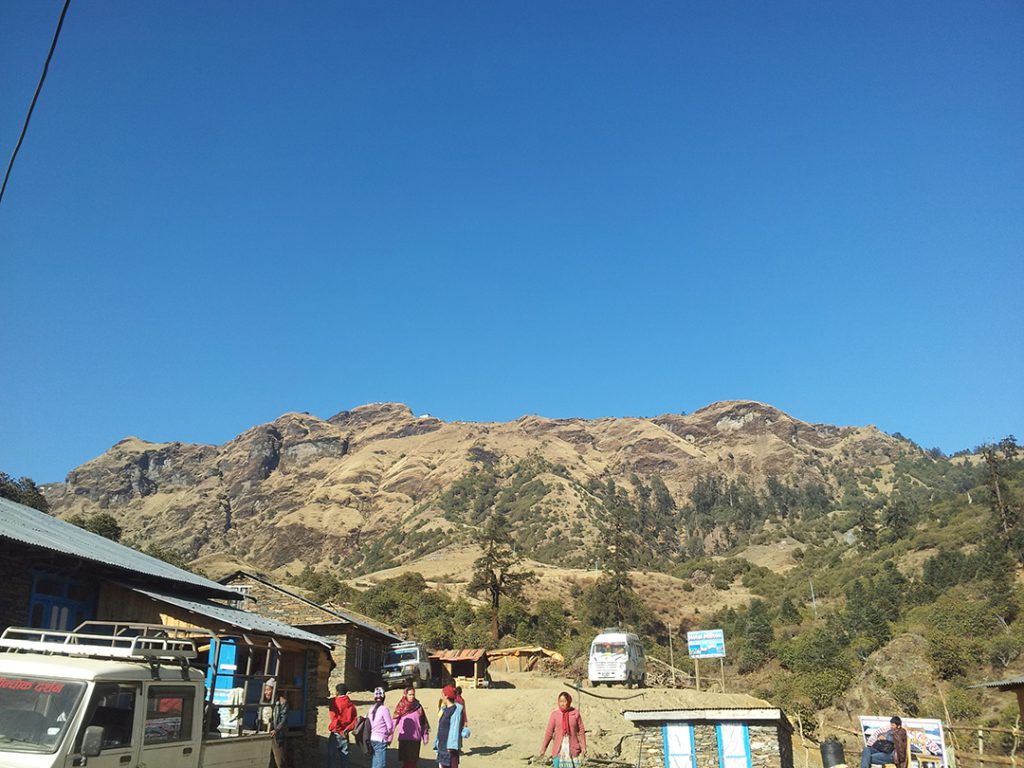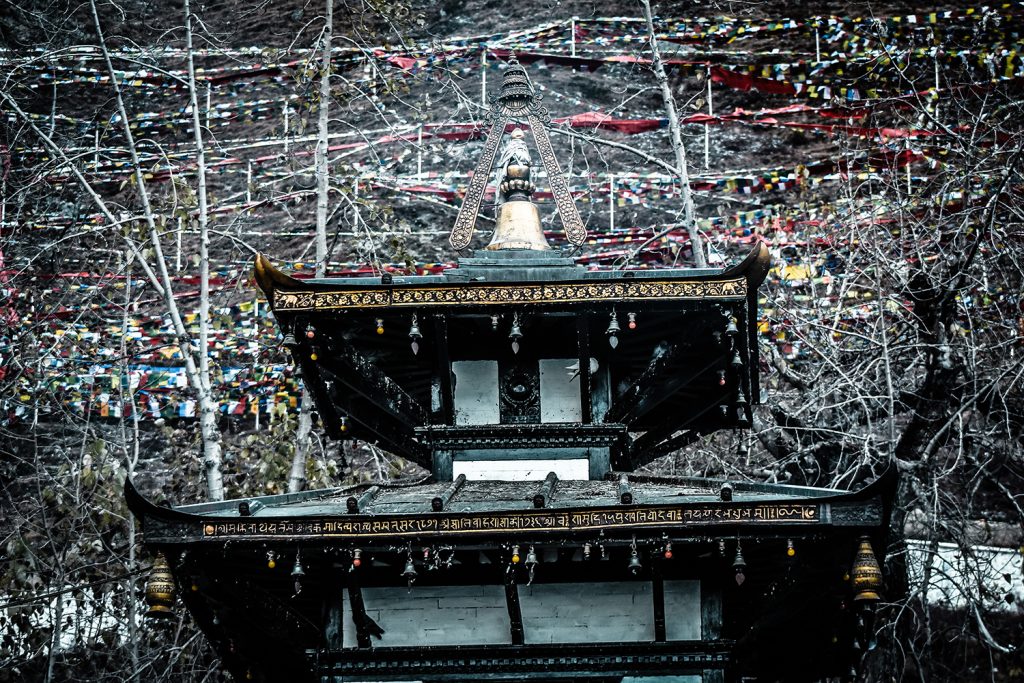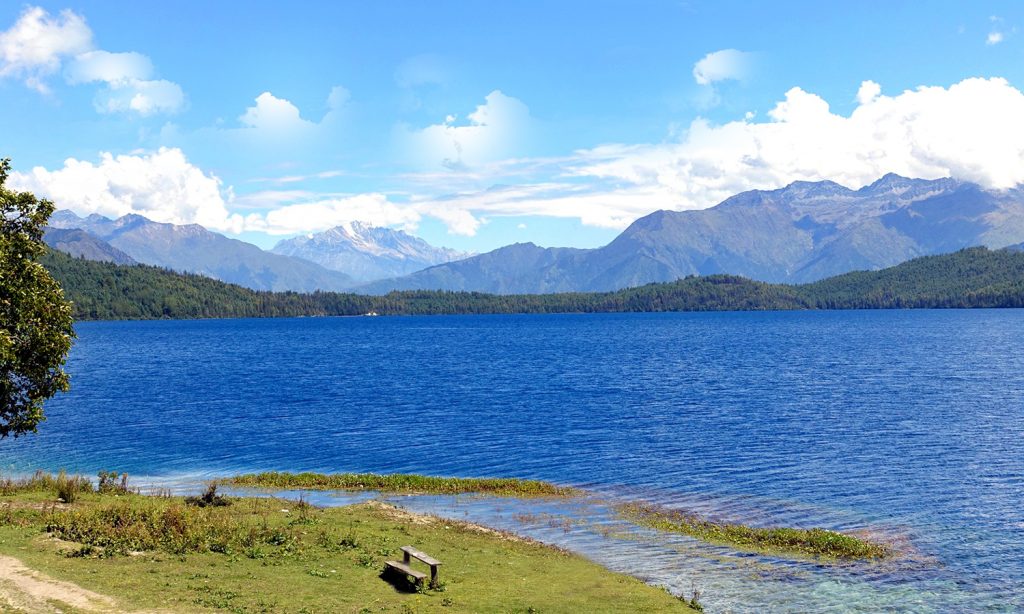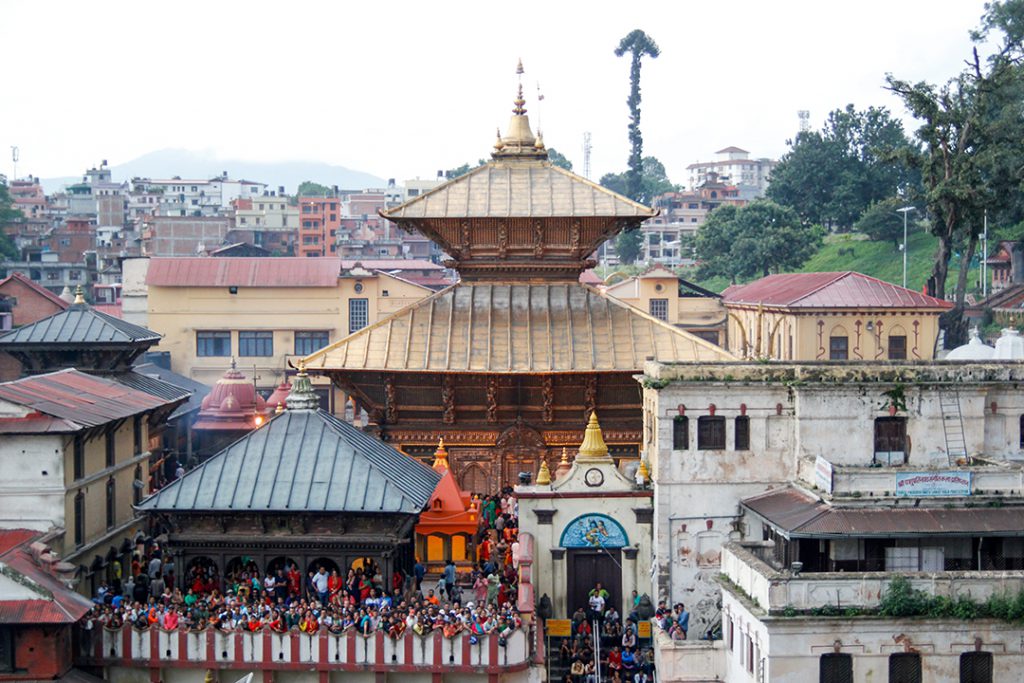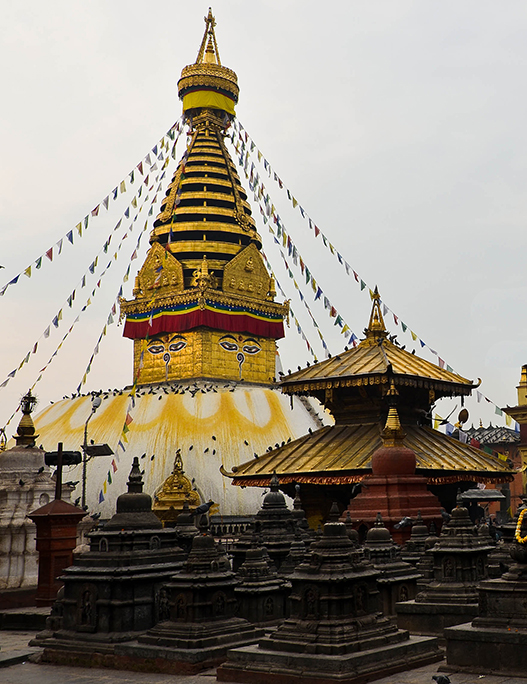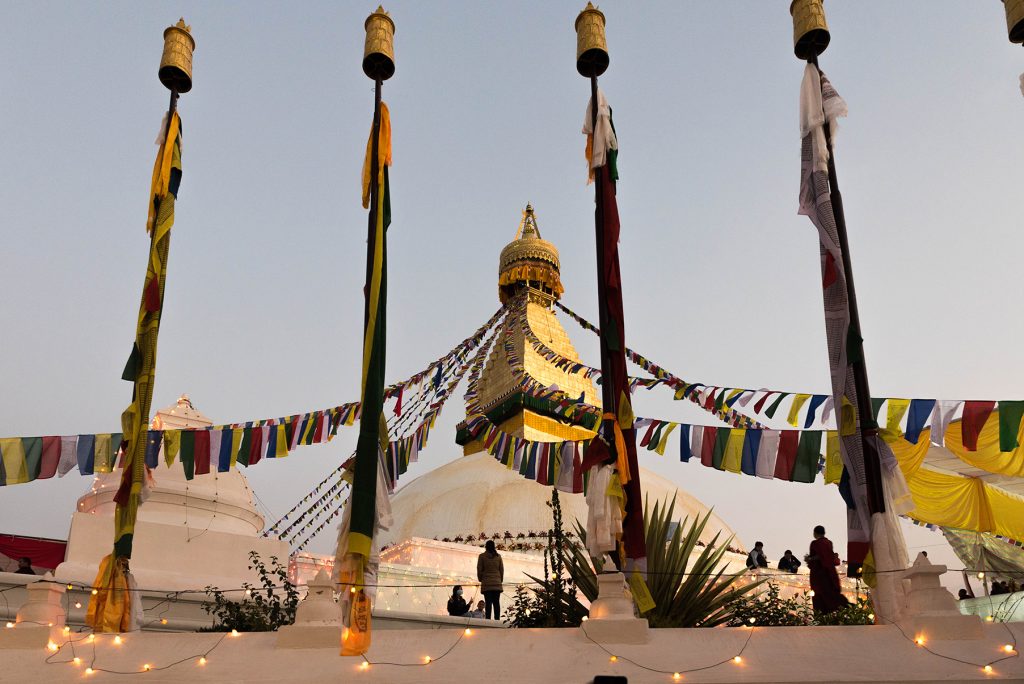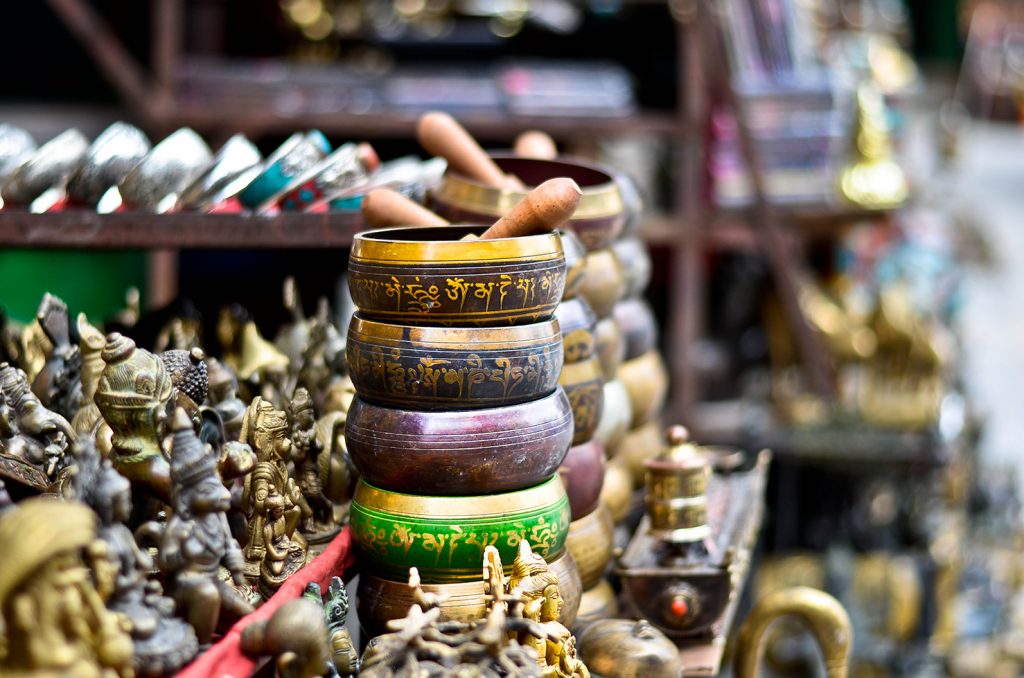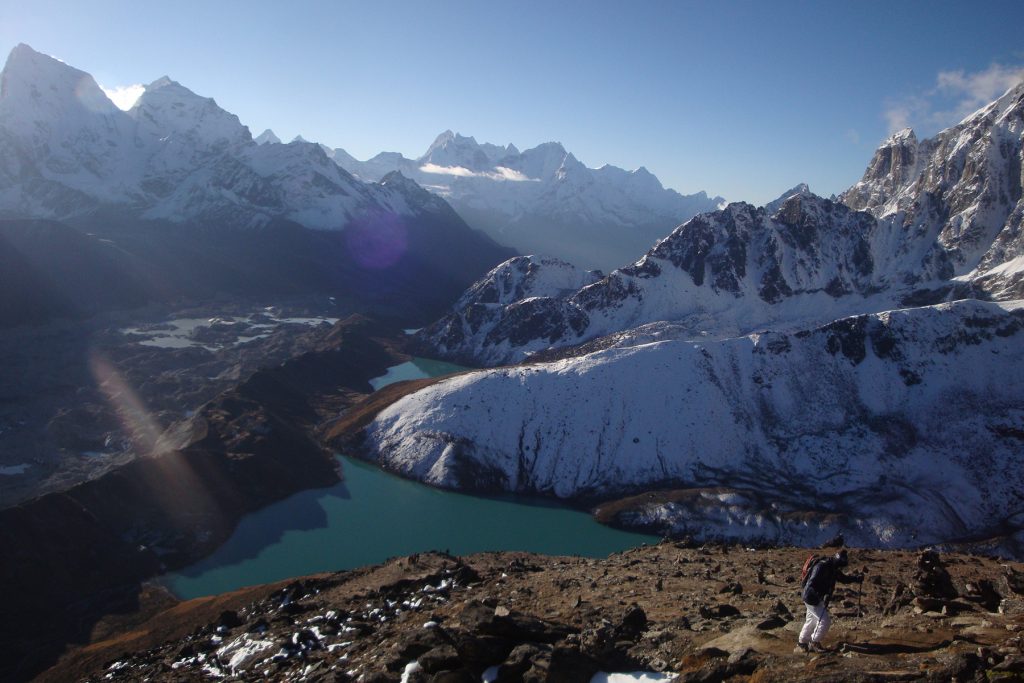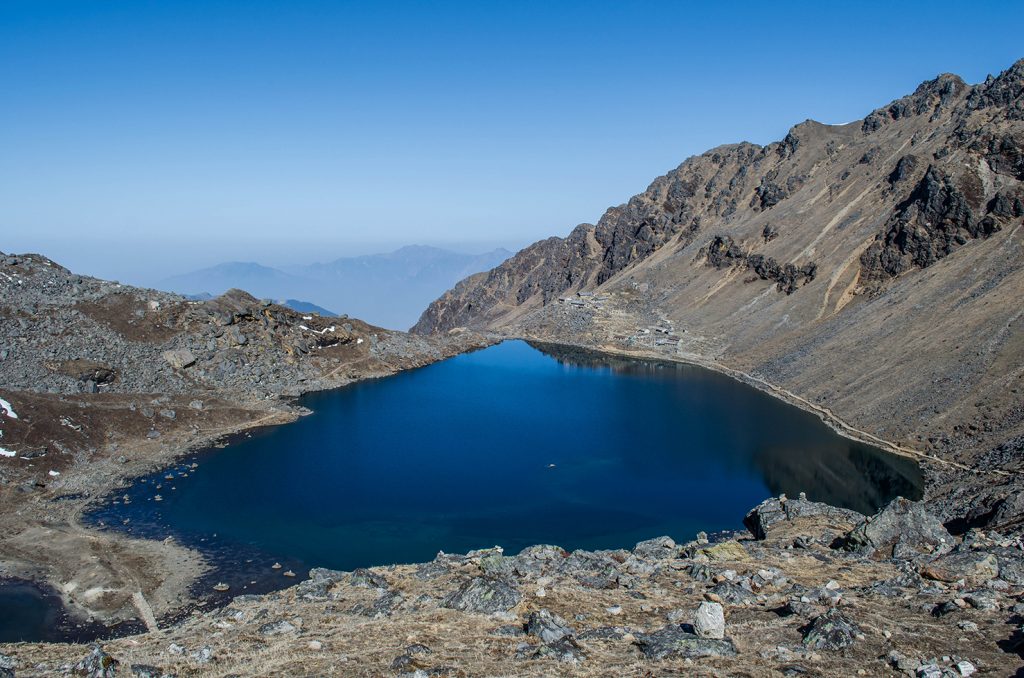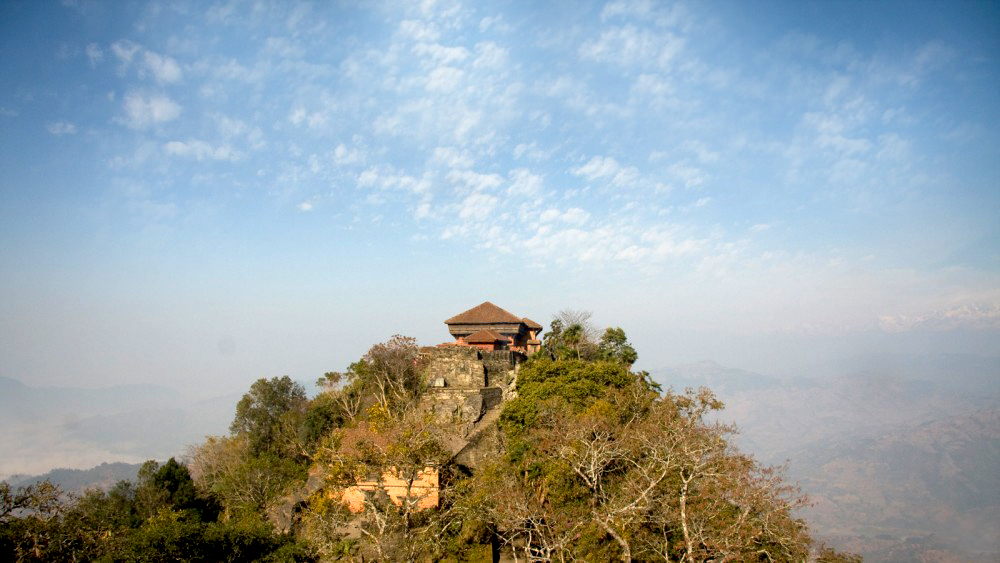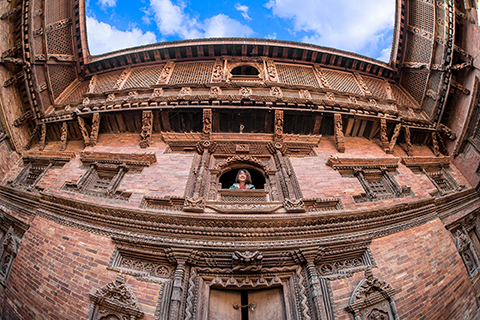
Lalitpur well known as City of Beauty lies in the Kathmandu Valley near the Bagmati River, about 3 miles (5 km) southeast of Kathmandu. It is famous among Newari people with the name Yala and some even recognized it as Patan. Lalitpur is known for its craftsmen, particularly metalworkers and wood-carvers. People rely on the agricultural economy (barley, rice, wheat, millet, vegetables, and fruit).
History
Based upon Nepalese chronicles, Lalitpur was founded by King Varadeva in 299 CE. Lalitpur used to be the capital city of the Licchavi, Thakuri, and Malla dynasties. After Prithvi Narayan Shah conquered the valley in 1769, Lalitpur was plundered and the people treated with great brutality.
Famous for arts and architecture
Lalitpur is extremely rich in its arts and architecture and has produced number of famous artists especially metal and wood workers and master craftsmen, the most famous being Arniko. The literary meaning of Lalitpur means the city of fine arts. It nurtures a large number of sacred buildings, temples, pagodas, Stupas and Shikharas, monasteries, math and Chaitya. There are fine Buddhist temples, including the Temple of Machendranath in Durbar Square. According to ancient history it was believed that the Mauryan emperor Ashoka visited the town about 250 BC. He has built the four large stupas (Buddhist temples and burial mounds) that still exist on the four sides of the town. In fact, Lalitpur is even termed as the artistic capital of the country. UNESCO has enlisted the conglomerate of the buildings in Patan Durbar Square as a World Heritage Site. It is one of the seven Heritage sites in the Kathmandu valley.
Patan is also famous for delivering extraordinary Thanka painters within the nation. In every nooks and corners of the city Thanka painters will be seen filling shading to recent Gods and immortal. It is also renowned for newari cuisine. Khokana is very popular for ‘Cheura’- the beaten rice and mustard oil and
Godawari area is famous for Lapsi-a typical sour fruit for candies and q pickles. There are numerous eating house, bars, and shops around the city from where tourist can enjoy the historical view of the city.
Things to observe and Places to visit in Lalitpur
Rato-Machindranath Bhoto Jatra is a month long fest in April/May where the Chariot of Rato Machindranath is pulled through the city. This is one of the most awaiting and observe festivals of Patan. Similarly, Hadigaun Jatra is another popular fest in Hadigaun on way to Godawari.
Patan Durbar Square
Among many places Patan Durbar square is one of them with 19 monuments in and around the square. The square is the center of all heritage and other activities in the city. The majority of temples in the square are in the traditional pagoda style of architecture.
Sundari Chowk
It was built in 1647 by King Siddhi Narasimha Malla. It is arranged around a superbly carved sunken water tank known as the Tusha Hiti. The water tank has 72 carved stone plaques depicting Tantric deities and was used by the king for ritual ablutions.
Patan Museum
The Patan Museum is one of the must visit places in Patan Durbar Square. It is the converted residence of the old Malla Kings of Patan. It used to be the palace of the noted king Yoganarendra Malla. The museum’s displays the Nepal’s cultural history and some rare objects of that period. Most of the objects are cast bronzes and gilt copper repousse work and traditional crafts for which Patan is famous. The museum also constitute sculptures of Hindu and Buddhist deities. Many of the sculptures are created in the Kathmandu Valley, in the nearby workshops of Patan itself and some originated in India, Tibet and the western Himalayas. They are accompanied by written commentaries that attempts to explain their spiritual and art historical significance as part of the cultural heritage of Nepal.
Mul Chowk
Ganga and Jamuna, goddesses in Mul Chowk broken amid the quake plan is regarding total. these days it’s frequently used as a reclamation region by craftsman. The area was worked in 1666 and is thought because of the core of room sq. it’s presently terribly plain beside the plated figures straight ahead Ganga and Jamuna, goddesses of the waterway framework that keeps running from the chain of mountains and therefore the copper sanctum within the center. twenty years previous the yard was lavishly improved in wood work till the purpose once many robberies left it exposed. Proceed through to Sundari Chowk.
Golden Temple
It is the unique Buddhist monastery which lies north of Durbar Sq. It was founded in the 12th century, and it has existed in its current form since 1409. The temple gets its name from the gilded metal plates that cover most of its frontage. The temple is very magnificent with two elephant statues guard the doorway and the facade is covered by a host of gleaming Buddhist figures. Inside the main shrine is a beautiful statue of Sakyamuni. To the left of the courtyard is a statue of Green Tara and in the right corner is a statue of the Bodhisattva Vajrasattva wearing an impressive silver-and-gold cape. Both are inside inner shrines. Facing the main temple is a smaller shrine containing a ‘self-arisen’ (swayambhu) chaitya. The four corners of the courtyard have statues of four Lokeshvaras (incarnations of Avalokiteshvara) and four monkeys, which hold out jackfruits as an offering. It is strictly prohibited to take photos inside the temple area.
Other attractions of Lalitpur are Krishna Mandir, Mahaboudha, Kumbheshwor Jagat Narayan Temple, Rudra Varna Mahavihar, The Ashokan Stupas, Acchheswor Mahavihar Temple of Machhendranath (Rain God) and Minnath, Patan Industrial Estate, Bajra Barahi temple. From adventure viewpoint tourists can visit Zoo, Phulchowki, hike from Phulchowki and Bishankhu Narayan, and even can ride bike to outskirts of Lalitpur around Chapagaun, Lele, Kaleshwar. Tourist can enjoy the biodiversity in Godavari.
Getting into Patan
Patan can be easily reached by bus or other means of transportation within 30 mins from Ratna Park.

